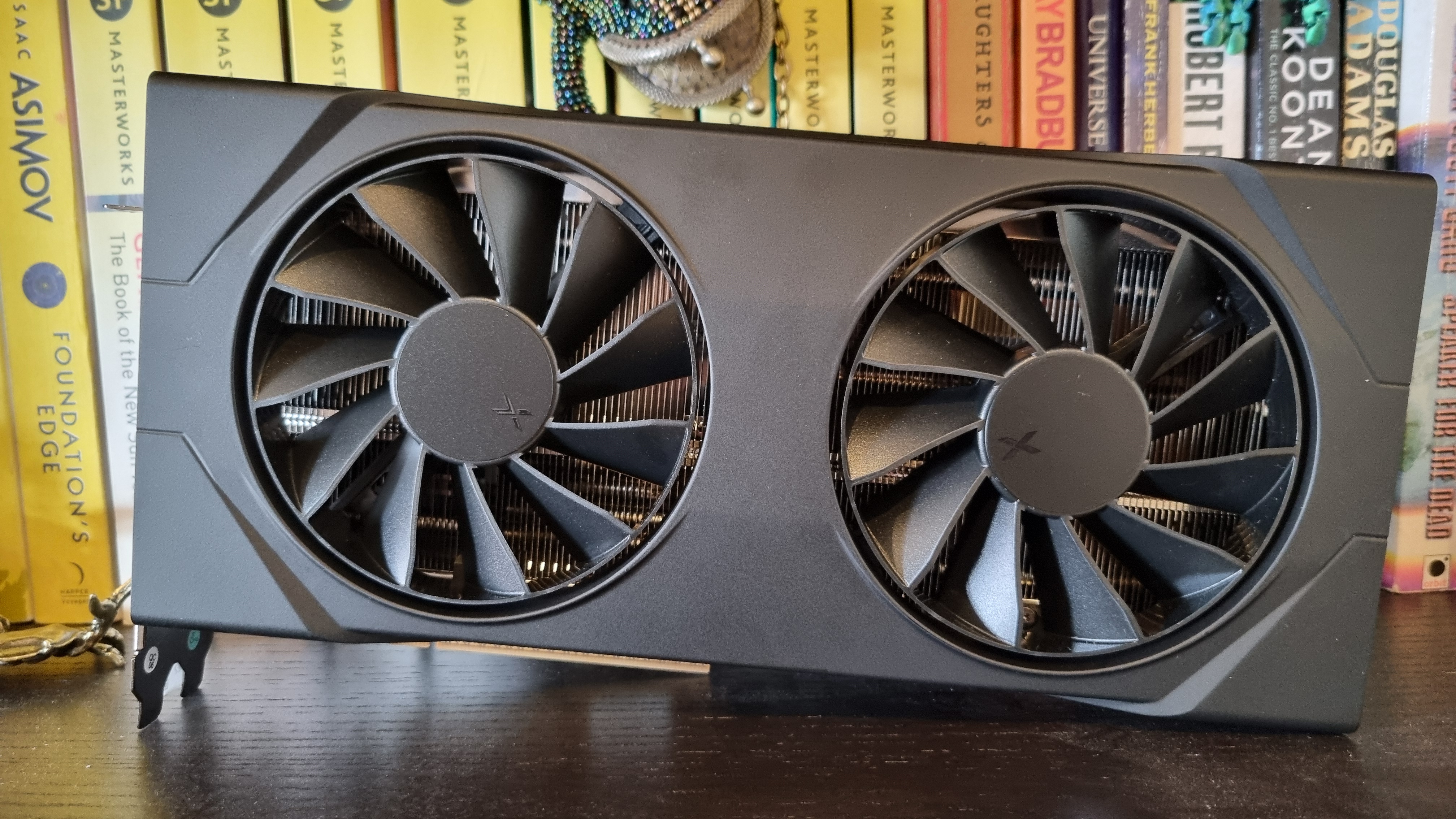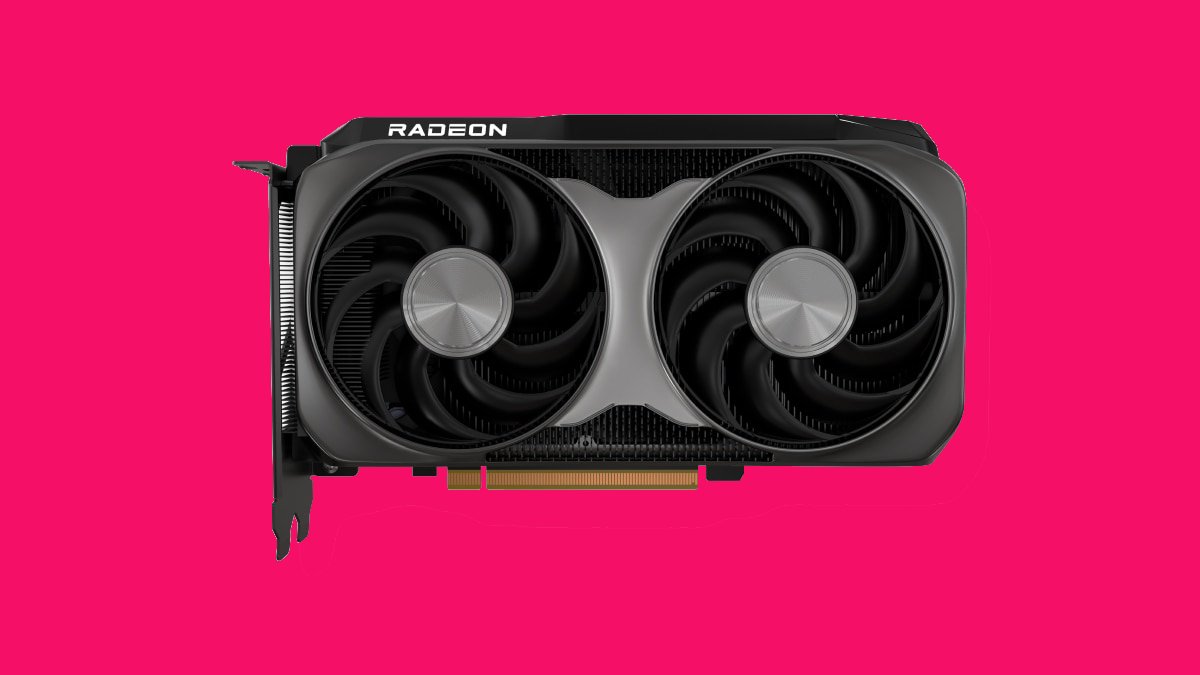If your first thought upon considering AMD’s existing entry-level RDNA 4-based gaming GPU, the Radeon RX 9060 XT 8 GB, goes something along the lines of less is more, we have good news. AMD has quietly rolled out a new non-XT version with fewer cores, lower clocks and the same measly 8 GB of VRAM. Oh, and that video memory is also slower. Give it up for the plain old, but kind of new, AMD Radeon RX 9060.
If that doesn’t sound like a hugely compelling proposition, perhaps it’s not a surprise that AMD may not sell the new RX 9060 direct to gamers, but rather that it’s thought to be a graphics card that’s mostly if not exclusively intended for PC builders and system integrators, rather than we DIY enthusiasts.
Anyway, the precise specs involve 28 RDNA 4 compute units as opposed to the 32 of the RX 9060 XT. Oddly, AMD isn’t quoting a clock speed for the “new” GPU, which is likely using a cut down version of the same Navi 44 silicon as the 9060 XT.
However, AMD has quoted the raw computational throughput of the GPU, including Peak Single Precision (FP32 Vector) Performance of 21.4 TFLOPs. By the same measure, AMD rates the 9060 XT at 25.6 TFLOPS. Do the maths and you’ll find the 9060 XT’s rated performance is slightly beyond the 24.5 TFLOPS you’d expect from simply scaling up the number of compute units from 28 to 32.
In other words, to arrive at 25.6 TFOPS, you need to run higher clocks on the XT. There are some indications the boost clock of the new non-XT is 2,990 MHz versus the 3,130 MHz of the XT cards thanks to this listing of an XFX branded card.

Why AMD doesn’t want to quote clock speeds directly isn’t clear. But it has given us memory speed. Where the 9060 XT is specified with 20 Gbps GDDR6, the non-XT makes do with 18 Gbps chips. The net result is a reduction in bandwidth from 320 GB/s to 288 GB/s.
All told, the 9060 isn’t a major hatchet job. Broadly speaking, you’re probably looking at a 15% GPU performance drop versus the existing 9060 XT 8GB. But, as ever, the issue is that 8 GB of VRAM, which is proving an increasing limitation, even at the 1080p resolution at which AMD seems to be pitching this GPU.
Notably, AMD has provided some performance numbers at “Native 1080p Ultra Settings”, including 108 FPS in Assassin’s Creed Mirage, 98 FPS for Call of Duty: Black Ops 6, 153 FPS in DOOM Eternal (RT) and 67 FPS for Dragon Age: The Veilguard. The equivalent product page for the XT model doesn’t have comparable numbers.
However, the 9060 XT 16 GB’s page does, the difference being AMD has gone with 1440p performance for that GPU. That’s the impact the upgrade from 8 GB to 16 GB makes, it seems.
Whatever, the 9060 XT 8 GB current has a $299 MSRP, so this non-XT model will presumably come in below that. However, it remains to be seen if it will be offered as a direct buy for DIY gamers and if so at what price level.

Best graphics card 2025
